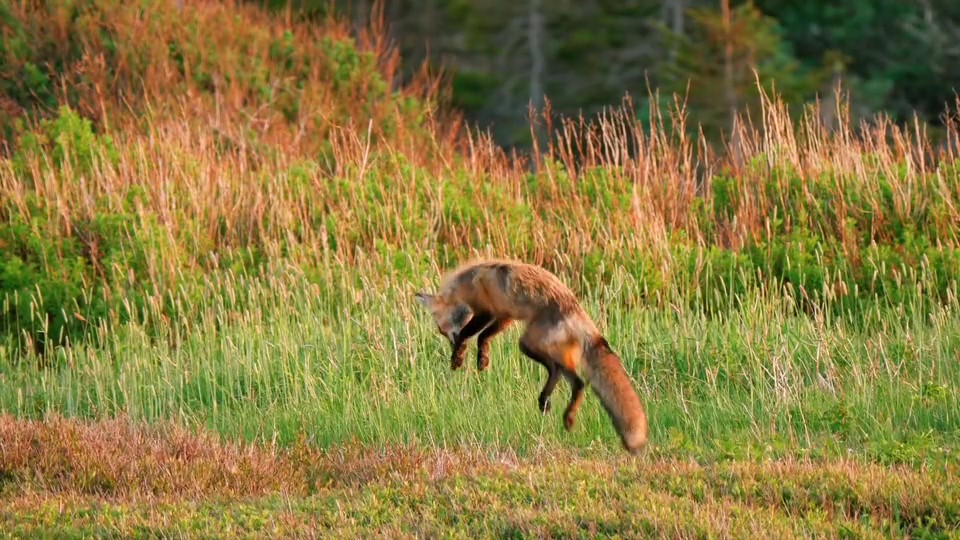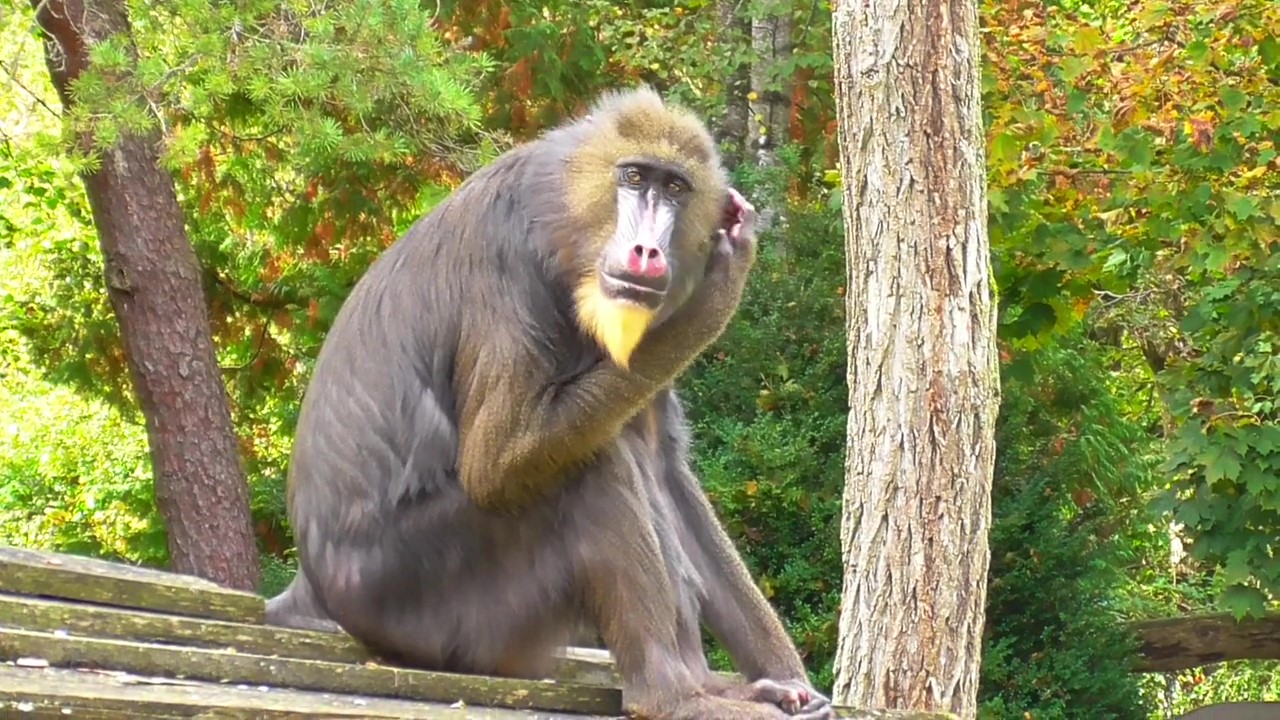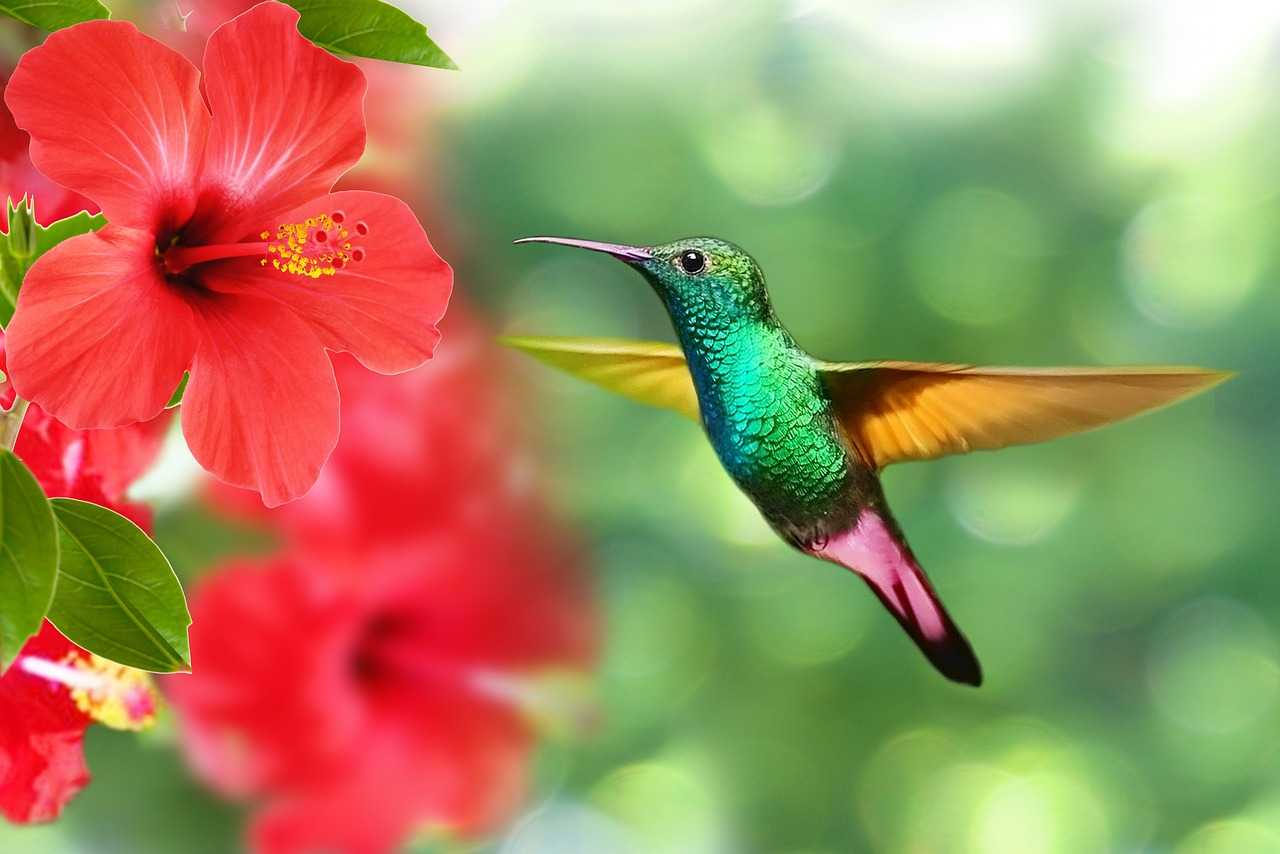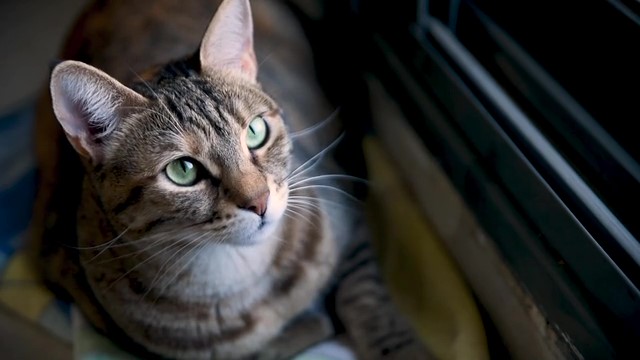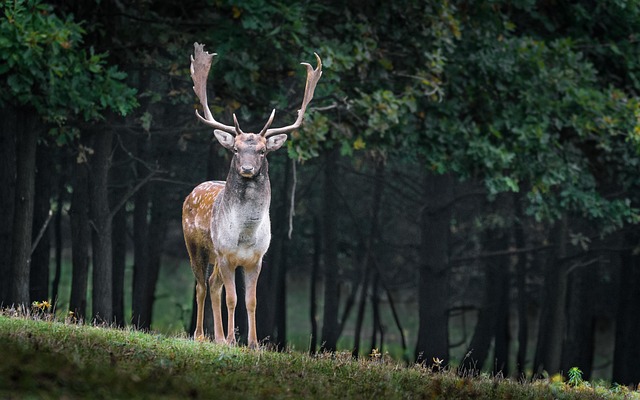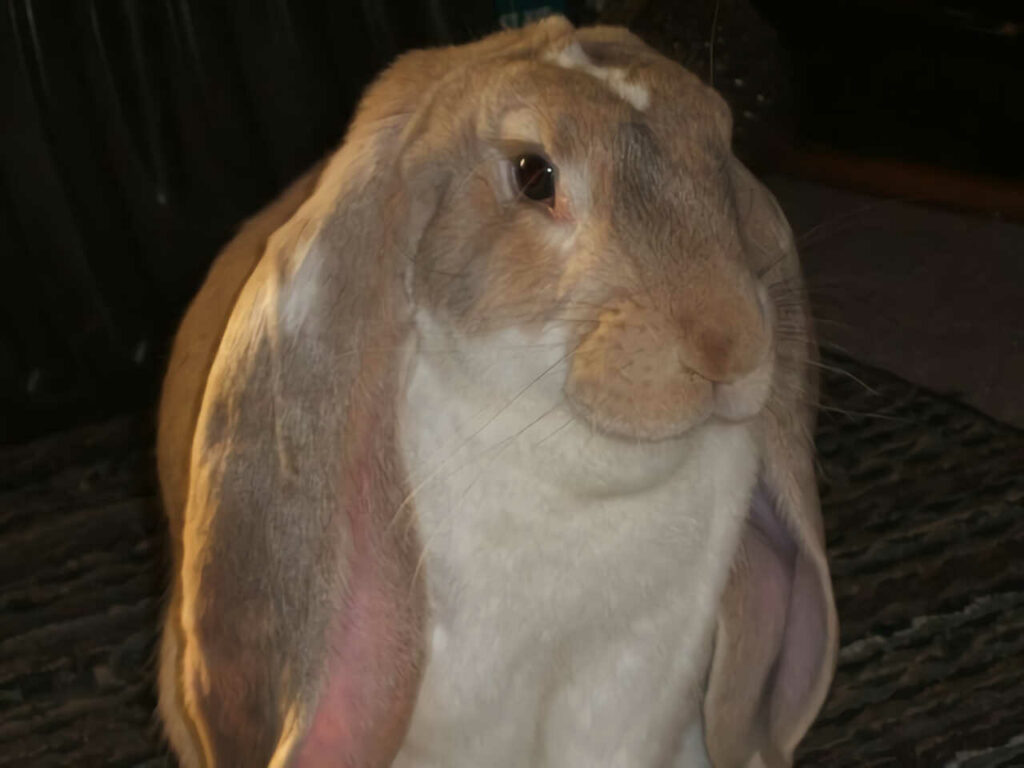
English Lop
English Lop
English Lop
Speaking of rabbits with surprisingly large and droopy ears, we have the English Lop. They have large ears and a large body, and are said to be the oldest breed of lop-eared rabbits in history. Since they are not often seen in Japan, some people may be hearing their name for the first time. Would you like to explore more about the English Lop, also known as the ancestor of small lop-eared rabbits?
English Lop Basic Infomation

Country of origin United Kingdom.
Senior / male More than 8 months and more than 4.08 kg.
Senior / female More than 8 months and more than 4.54 kg.
Intermediate / male 6~8 months less than 4.54kg.
Intermediate / female 6~8 months less than 4.99kg.
Junior / male, female Less than 6 months less than 3.18 kg Minimum weight 1.59 kg. ※American Rabbit Breeders Association(ARBA)standards.
The English Lop is one of the oldest breeds of rabbits in the world, and is believed to have been born around 1700. Although its country of origin is England, there is no definitive evidence because it was born naturally.
There are records of it participating in a rabbit show in England in 1846, and at that time, it was called the “King of Fancy” and was very popular.
It is also famous for being the ancestor of popular lop-eared rabbits such as the French Lop and the Holland Lop.
By the way, in 2003, an English Lop with ears 79 cm long was registered with Guinness World Records as the rabbit with the longest ears in the world.
English Lop Q&A

Where does the name English Lop come from?
I’m not sure of the exact details, but it is believed that the country of origin, “England,” is related to the word “English.”

What are the color variations of English Lop?
・Self (the overall color is almost solid). Black, blue, chocolate, lilac, blue-eyed white, ruby-eyed white.
・Shaded (the color of the ears, nose, tail, and feet is dark and gradated). Sable point, sable, smoke pearl, seal, tortoiseshell black, tortoiseshell blue, tortoiseshell chocolate, tortoiseshell lilac, frosted black, frosted blue, frosted chocolate, frosted lilac.
・Agouti (one hair is divided into three or more colors). Chestnut agouti, chocolate agouti, chinchilla, lynx, opal.
・Broken (the base color is white with patches). Broken, tri-color.
・Chicked (different hair colors are mixed on the body). Steel black, steel blue, steel lilac, steel chocolate, silver fox black, steel sable.
・Wideband (hair from head to feet is the same color but the hair around the eyes and belly is a different color). Cream, fawn, orange, red.
Brown, blue-gray, ruby red and blue are also available.
English Lops are only available in short-haired varieties.

What does an English lop look like?
Their most distinctive feature is their large, droopy ears on a wide head. They have a semi-arched body type, and their fur has a silky, flyback texture. They are a large breed with sturdy shoulders and legs.
Even if their ears are short, they must be at least 53 cm long, and the ideal width of their ears is determined by the length of their ears divided by 4. For example, if their ears are 60 cm long, it is desirable for their ears to be 15 cm wide.
The role of their ears is particularly important in rabbit shows, and if they are not well managed, they may become disqualified.
Therefore, English Lop breeders must also be careful about managing their rabbits’ nails as much as their ears. This is because if they do not regularly trim their nails from infancy, there is a risk that they will hurt themselves with their own ears.

Why do English lop ears droop?
As I introduced in the basic information, English Lop is a rabbit that was born naturally, so it is still unknown why it became droopy ears.
It is said that it may be due to a sudden mutation. However, as research progresses in the future, the mystery of droopy-eared rabbits may be solved someday!

How much does it take to buy English Lop?
When keeping animals, it is necessary to follow the laws established by each country. This time, I will talk about keeping English Lops at home in Japan. It costs about 80,000 to 100,000 yen. The circulation of English Lops is low, so the price is slightly higher than other rabbits.
Also, rabbits that have the potential to win at rabbit shows are called “show types,” and rabbits that are suitable for keeping at home without any problems are called “pet types.” However, if you want to keep a show type English Lop at home, it may be a little more expensive.

I want to know more about the personality of English Lop!
English Lops are called “dog-like rabbits” because they have a gentle, calm, and friendly personality and come running when called by name.
Droopy-eared rabbits are relatively calm, so it is possible to keep them with other breeds. However, since even one English Lop requires a large living space, it is rare to keep multiple rabbits together. It is better to remember that this is their temperament.
Training from an early age is very important for large English Lops. This is because mischievous or destructive behavior, such as peeing everywhere, can be very difficult to clean up when they grow up.
If you allow cute mischief because they are cute, you will regret it later. Therefore, it may be necessary to be strict with them and teach them the rules.
Large breeds can become obese if kept indoors only and lack exercise. Taking them for a walk (walking outside with a leash on the rabbit’s body) occasionally can also help prevent obesity and is recommended. ※If you keep animals, you must follow the laws established by each country.

What are the diseases that English Lop is susceptible to?
English Lops are susceptible to diseases such as “Rabbit Gastrointestinal Syndrome (RGIS),” “otitis media,” “otitis externa,” “malocclusion,” and “sore hocks (pododermatitis).”
It used to be called “hairball disease.” Rabbits may accidentally swallow loose hair after grooming. If the swallowed hair comes out with feces, there is no problem. However, if a large amount of hair clogs the digestive tract, it can cause loss of appetite and constipation.
At that time, it was called hairball disease because the cause was thought to be hair. However, recent research has shown that clogging of the digestive tract is not caused by hair alone, so it has been collectively called Rabbit Gastrointestinal Syndrome for easy understanding.
Since this disease is said to be possible in almost all rabbits, prevention methods include feeding them fibrous timothy hay, exercising them, giving them enough water to prevent dehydration, and brushing them moderately by their owners.
Droopy-eared English Lops are prone to moisture buildup in their ear canals and are also easy to breed, so frequent care is essential.
If you find symptoms such as itchy ears or pus, it is desirable to take them to a hospital as soon as possible.
Although ear diseases are not directly life-threatening, they can worsen and invade the nervous system, leading to a disease called torticollis, in which the head tilts.
Since torticollis can lead to the need for nursing care, if you feel any discomfort, please visit an animal hospital without hesitation.
If you are not confident about how to care for your rabbit’s ears, you can consult with an animal hospital as they may teach you how to clean them.
As I mentioned in the Q&A about appearance, English Lops may scratch their ears with their nails and cause bacterial infections that lead to otitis externa.
Prevention can be achieved by frequently trimming their nails. Therefore, even if you keep them in a general household instead of a breeder, be careful about managing their nails.
Since rabbits’ teeth continue to grow throughout their lives, they can usually prevent excessive growth by eating chew toys or fiber-rich food. However, if their teeth are not properly trimmed for some reason, their bite may become misaligned.
If their teeth are in poor condition, they may lose their appetite or develop diseases such as nasolacrimal duct stenosis. Therefore, if you have any concerns about your rabbit’s teeth or eating habits, it is recommended that you consult an animal hospital.
Pododermatitis is a skin inflammation of the foot that can occur when rabbits continue to live with a heavy burden on their feet. Large rabbits like English Lops are particularly prone to developing sore hocks due to their heavy weight.
To reduce the burden on their feet, it is recommended to lay down a carpet or mat on the floor such as slatted flooring or flooring. This will help create a stress-free environment for your rabbit.

What is the lifespan of English Lop?
The average lifespan of an English Lop is said to be around 5-10 years, which is about the same as the average lifespan of a typical rabbit.

Would you like to become a part of the 'Animalbook.jp'?
Turn your knowledge into Q&A and share it with the world. ※Publication will be activated after purchase. Let's share information together!
English Lop Type of List

- English Lop
Information
Congratulations! You are the first commenter!

Would you like to leave a comment?
※Please note: This is for the purchase of rights to post comments within the article.

Find Your Favorites!
Our shop offers a unique and attractive selection of goods themed around various animals.
English Lop References
English Lop Introduction of media used

Help Enrich Our Animalbook.jp with Your Media!
We are constantly looking to expand and enrich our Animalbook.jp with amazing photos and videos of animals. If you have any media that you'd like to share, please contribute and help us showcase the beauty and diversity of the animal kingdom. Your submissions will be credited and featured in our encyclopedia, reaching a wide audience of animal lovers.

